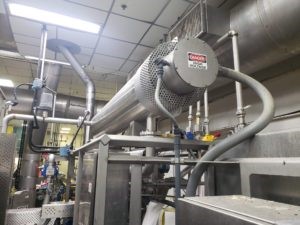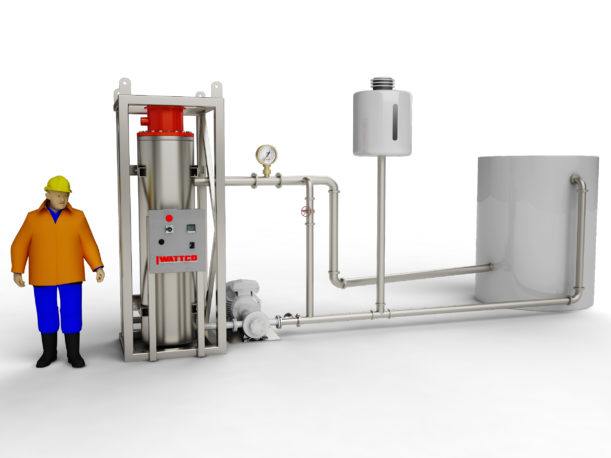Process Heating with Immersion Heaters
Last updated on March 19th, 2024 at 01:42 pm
 Process heating is an important part of industry today, especially in the defense, chemical, and oil businesses. This method of heating uses special furnaces to heat materials as they are moved along to the next stage of production. Immersion heaters play a vital role in the heating process and are used in many industries today.
Process heating is an important part of industry today, especially in the defense, chemical, and oil businesses. This method of heating uses special furnaces to heat materials as they are moved along to the next stage of production. Immersion heaters play a vital role in the heating process and are used in many industries today.
What are Immersion Heaters?
The principle of immersion heaters is very simple. Have you ever used a steam vaporizer when you had a cold or flu? All you have to do is fill the reservoir with water and place the heating unit into the water. Immersion heating is accomplished by placing a heating element into liquid to heat it. There are four basic types of immersion heaters:
- Over the top or the side – a heating element is placed into a container of liquid from the side or top.
- Threaded – heat element is threaded into the system from the side. This is similar to heating elements in electric hot water heaters.
- Circulation heater – utilizes a special heating circuit.
- Flange heaters – when pressurized liquid needs to be heated, a flange system works best. Special elements are connected to flanges.
Oil Refining and Immersion Heat
The oil industry has a great need for immersion oil heating with all of the pipelines currently in use. In fact, this method of heating provides the following benefits:
- Indirect heat – heat stays at a constant level and this is perfect for keeping oil at the same thickness or viscosity throughout the pipeline.
- Little maintenance required – if a heating element needs to be replaced, one does not have to drain the system. The process is quick and simple.
- Cost effective
- Electric power is more environmentally friendly than burning fuel.
Natural Gas Industry
Natural gas needs to be maintained at high pressure along the pipeline. This helps to propel the gas through the lines and decreases its volume by a great deal. In fact, the pressure of the gas in the lines is far too great for residential or commercial use, so special equipment is used to lower pressure before gas is delivered.
Lowering gas  pressure can create a problem within the lines. As pressure drops so does the temperature of the gas and this can create icing in and outside the lines. To solve this problem, a process heater is used right before gas pressure is reduced. This pre-heating is accomplished with immersion heat from circulation or inline heaters.
pressure can create a problem within the lines. As pressure drops so does the temperature of the gas and this can create icing in and outside the lines. To solve this problem, a process heater is used right before gas pressure is reduced. This pre-heating is accomplished with immersion heat from circulation or inline heaters.
Food Industry and Immersion Heat
Just like oil and gas in industrial applications, the food industry has a definite need for process heating with immersion heat. For example, in many applications, vegetable oil must be maintained at a constant heat with immersion oil heater applications. This is vital to make sure that food is prepared properly before it is processes and passed on to the consumer.
Many other types of immersion heaters are used in food preparation and serving. For example, dishwashers utilize special heating elements to get water hot enough to clean and sanitize. If you have ever eaten at a large buffet, the food was probably maintained at the proper temperature with special immersion heating processes.
